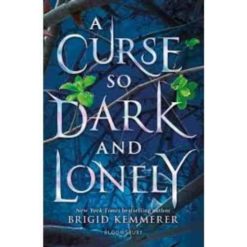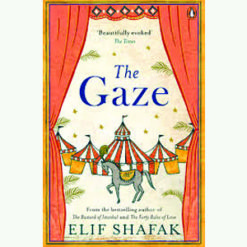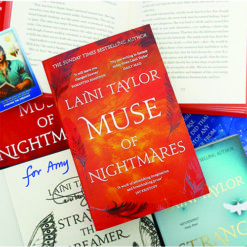-
×
 Islamic Studies
1 × ₨1,000.00
Islamic Studies
1 × ₨1,000.00 -
×
 Success Takes Character: Winning & Losing in the Game of Life By Neil Jenman - hardback
1 × ₨899.00
Success Takes Character: Winning & Losing in the Game of Life By Neil Jenman - hardback
1 × ₨899.00 -
×













-
×



-
×













-
×













-
×



-
×



-
×



-
×



-
×



-
×













-
×













Subtotal: ₨17,846.00










Reviews
There are no reviews yet.